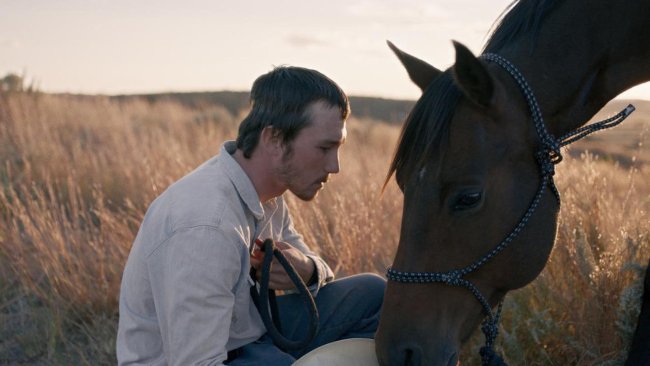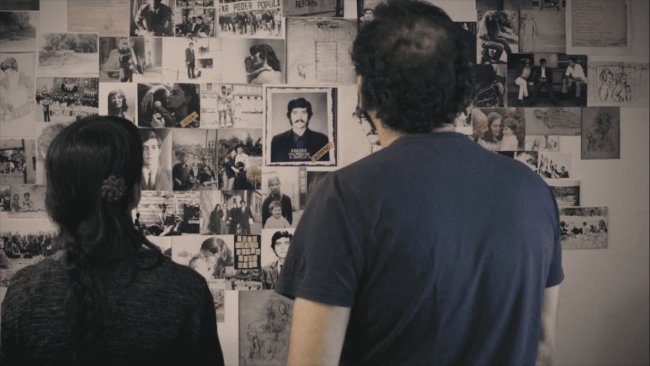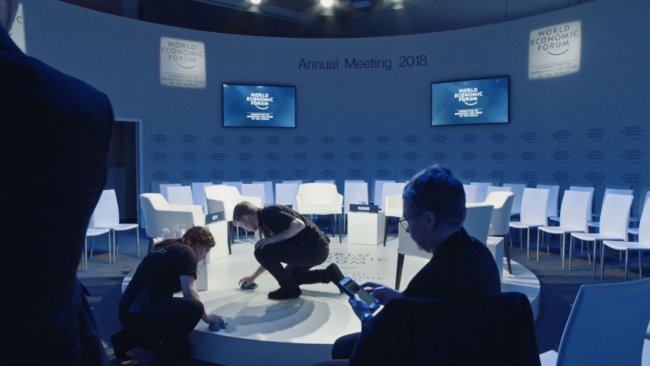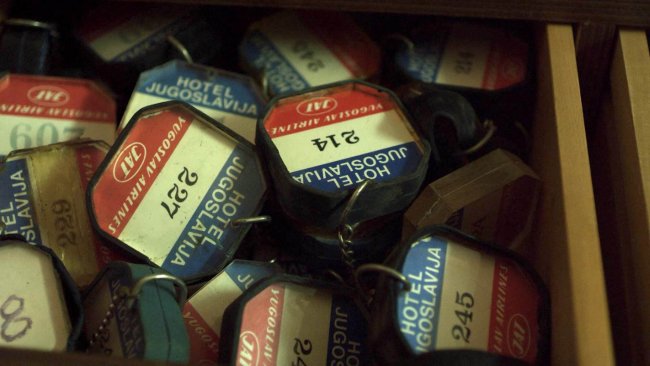The Plastic House
[…] Chhorn continues the work (filmmaking, gardening, grief) alone. She gives no explanation or voice-over of her bereavement process. The film is entirely without dialogue. We are instead left to deduce facts from images.
[…] «The Plastic House» is a poignant and oblique poem. Its silences stir and images tear.
Text: Laura Davis
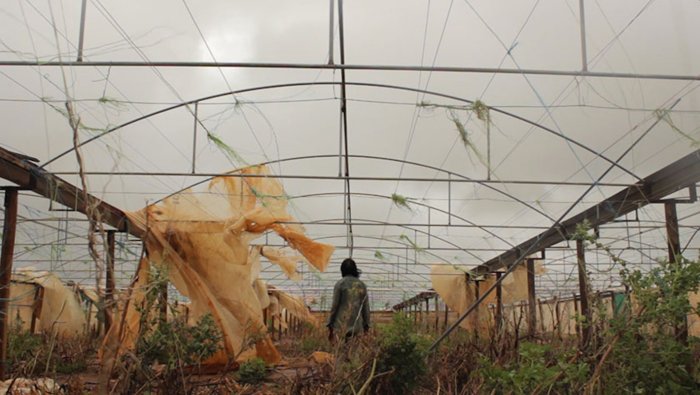
The Plastic House begins with a car journey in the middle of the night. The car pulls up to an unremarkable roadside path of land, its headlines shining on a wire fence. Overlaid in handwriting reads: «Mum 1959 – 2015». The car pulls away again and continues to another inconspicuous grave in which on top of the frame is written «Dad 1959 – 2016».
Allison Chhorn’s meditation on the passing of her migrant parents is a modest production but not one to be underestimated. Its central metaphor of the roof of a house falling in is illustrated through the “plastic house”, the Adelaide greenhouse in which Chhorn carries out the family business of growing runner beans (importantly it is the material rather than the produce that is signified through the substitution of “plastic” for “green”). Chhorn continues the work (filmmaking, gardening, grief) alone. She gives no explanation or voiceover of her bereavement process. The film is entirely without dialogue. We are instead left to deduce facts from images. These images are highly material in their construction - we notice drips of condensation on plastic sheeting, collages of leaves along beanstalks, various muslin and netting. You can feel the temperature and fog steams up the camera lens. A crack in a wall that is returned to again and again. It threatens the household’s materiality. A heart not broken but tearing apart. We frequently see Chhorn walk up and down the rows of beanstalks. She carries out gentle, ritualistic behaviour alone. We, and Chhorn, witness life cycle from seed to fruit. This form of image production — of showing, not telling — stands in contrast to the archival home video tapes that she produced while her parents were still alive. The handheld camerawork is far more kinetic: a document of the growing process, perhaps. It diverges from Chhorn’s more static and highly compositional recent imagery. The functional mode of documentation is placed against the aesthetic. It seems, reading her director statement, that these first images she produced arose from two fears: the first that her parents would die and the second that the roof of their house would fall down.
Another striking element to the contemporary footage is its sound design. It seems there is an aircraft base and highway nearby, traffic produces near-constant background noise. These noises are balanced with the pattering rain, howling gales and other choruses of improbable Australian weather patterns. Layers of sound generate unease in the viewer. They contrast with sudden silence. To me, the silence refers to an even greater noise from the past. It points to something that cannot be heard, or, perhaps, a recorded sound too painful to listen back to: the Khmer genocide and consequence refugee crisis, a historical event so recent that her parents would have been there to experience it. It is intriguing to me that Chhorn enacts the rituals of bereavement without ever a close up of her face or word uttered from her mouth. She sinks into anonymity. She could be any one of us around the world right now. «We had nothing left but the past» is a quote from Camus' The Plague which Chhorn uses in her Carte Blanche introduction to the festival screening (available on YouTube). The text is layered atop of figures walking to the sound of trams. The imagery matches the blurred figures of her parents seen repairing the plastic house in a storm. Now, however, the storm is worldwide and the ghosts are everywhere. Watching the Carte Blanche and the feature together feels very poignant given that hundreds of thousands of relatives will be disappearing before many. The Plastic House is a poignant and oblique poem. Its silences stir and images tear.
This article contains a third-party video. If you would like to watch the video, please adjust your settings.
Info
The Plastic House | Film | Allison Chhorn | AUS 2020, | 46’ | Visions du Réel 2020, Burning Lights
First published: April 26, 2020
